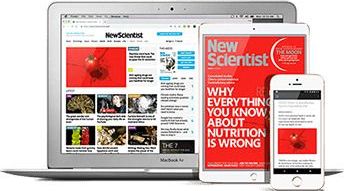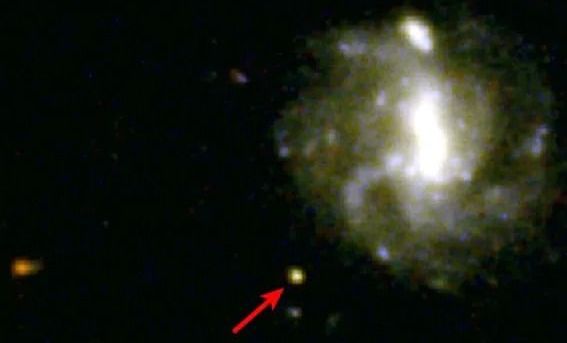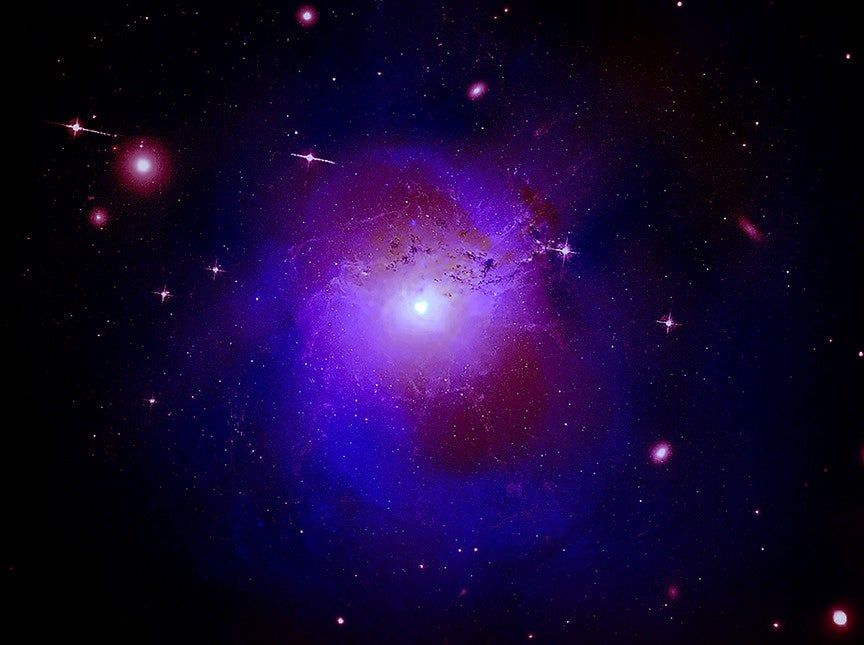Circa 1997
By Michio Kaku
IS THERE a Final Theory in physics? Will we one day have a complete theory that will explain everything from subatomic particles, atoms and supernovae to the big bang? Einstein spent the last 30 years of his life in a fruitless quest for the fabled unified field theory. His approach has since been written off as futile.
In the 1980s, attention switched to superstring theory as the leading candidate for a final theory. This revolution began when physicists realised that the subatomic particles found in nature, such as electrons and quarks, may not be particles at all, but tiny vibrating strings.





